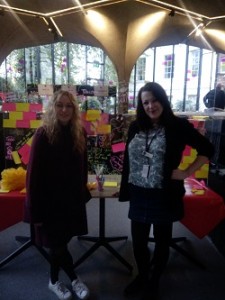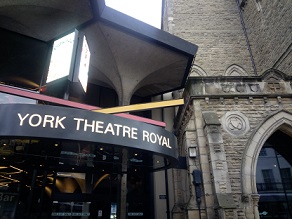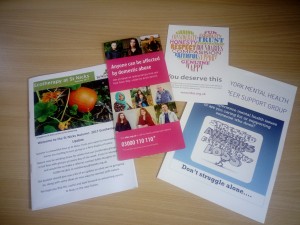Contextualising Statement
I have created an audio vox pop as one of my artefacts by interviewing a wide range of students on the York St John University campus. In the planning phase I individually had to choose a topic for the my own vox pop, relating to student life, and I chose the hardest thing about moving to University. I chose this topic as I thought it would be interesting, and I would be able to gather a range of varied answers, resulting in a better artefact.
During the production process on this task, I was conscious of ensuring that I always had the sound levels on the zoom H1 microphone set correctly. This meant resetting the levels with each individual contributor to my vox pop, something that I practiced getting right with my recording partner for the task before carrying out my interviews. Amanda Willett (2013) stated that ‘the critical thing is to get the distance between the microphone and the item you are recording right’, which is exactly why I had to collaborate well with the various contributors that I was recording, ensuring that they felt comfortable, while also getting this distance right. Willett stresses the importance of practice in order to make the best use of your own time, as well as that of your contributors, when carrying out tasks such as this. This is another reason why practice with the equipment was crucial.
One very important thing that I had to keep in mind when producing this audio vox pop was the music. Not only did I have to ensure that the music I used enhanced the overall product, I had to be careful to not break any copyright laws. In order to ensure that I was using music legally, I chose my backing track from Free Music Archive, a royalty free music site. I also made sure to attribute the music to the creator in my soundcloud description of the vox pop, stating the creator, track name and album name.
As all of the recording for task took place on campus, there were not many health and safety risks to take into account but ‘most accidents during filming happen because things are being done in a rush’ (Bamford, 2012). Therefore, I took time myself to think through everything that could go wrong or harm myself or others. The nature of this task being to only record audio also meant that there were no props involved that may have caused harm to myself or my contributors. The only real potential risk that could have been involved in the production of this task was agitated contributors, which can always pose a risk. However, all of my contributors were fellow students that I knew who volunteered to be questioned for the vox pop. Therefore, the risk of agitating the contributors was considerably lowered. Despite this, I still acknowledged the potential of that risk in my risk assessment prior to beginning the task, so I was prepared just in case it turned out that a contributor did react badly in any way as it is always a possibility.
Reference List
Bamford, N. (2012) Directing Television: A Professional Survival Guide. London, Bloomsbury Publishing. p. 60
Willett, A. (2013) Media Production: A Practical Guide to Radio and TV. Oxon, Routledge. p. 132




